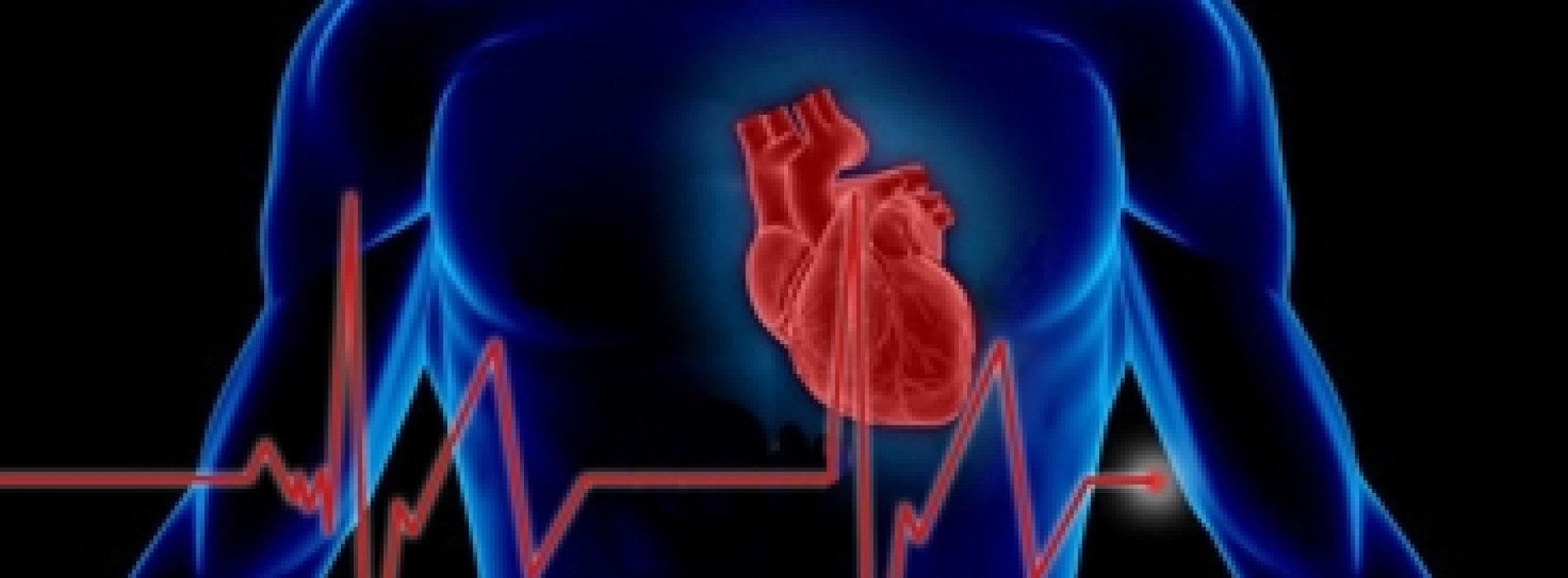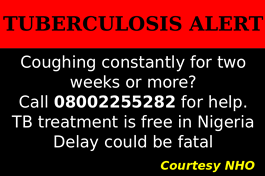Deadly heart conditions to watch
According to the World Health Organization (WHO), Cardiovascular diseases (CVDs) claim about 17.3 million lives worldwide each year and the number is rising. It is expected that by 2030, about 23 million people, more than the population of Australia, will die annually from CVD.
A publication, Avoiding Heart Attacks and strokes: Don’t be a victim – Protect yourself, produced by WHO , World Self Medication Industry (WSMI), World Heart Federation (WHF) and International Stroke Society (ISS) has identified heart attacks and strokes as the major cardiovascular diseases i.e diseases of the heart and the blood vessels – which kill more people around the world, irrespective of their status. They are the conditions to watch, along with the CVD risk factors, to maintain a healthy heart.
Heart attack
According to the publication, the human heart is only the size of a fist yet, it is the strongest muscle in the body. With every heart beat, the heart pumps blood, carrying oxygen and nutrient to all parts of the body. The heart beats about 70 times a minute in a person at rest. The heart rate increases when we are active or when we feel strong emotions.
The heart itself gets oxygen and nutrients through blood vessels called the coronary arteries. When the blood flow to the heart is cut off, the decrease in the supply of oxygen and nutrients can cause lasting damage to this vital organ. When the blockage is sudden, it is called heart attack. If the blockage is only partial and the blood flow to the heart is decreased, it can cause chest pain called angina in medical parlance. It may not cause lasting damage to the heart muscle but it is a warning sign that a person could develop a major hear attack,
Stroke
The brain can only function if blood is flowing through it. Two large blood vessels which run along either side of the neck, bring blood from the heart to the grain. The blood vessels branch off and get smaller, until tiny blood vessels supply oxygen and nutrients to all parts of the brain. A stroke happens in the same way as a heart attack but takes place in the brain. If the blood flow to the brain is interrupted, the brain loses its supply of oxygen and nutrients. This causes the damage to the brain tissue, known as stroke. Also, a stroke happens when the blood supply to the brain is interrupted or when the blood flow to the brain is blocked and the brain tissue is damaged.
Prevention
WHO says nearly two-thirds of people who have a heart attack die before they can reach medical care. Even when stroke patients have access to modern advanced treatment, 60% die or become disabled. So, it is important to know the warning signs and to act fast. But it is even better to prevent a heart attack or stroke from ever happening.
Prevention is always better than treatment and most heart attacks and strokes can be prevented. Research shows that a number of things make us more likely to have a heart attack or stroke. These are called risk factors. According to experts, some risk factors are linked to choices we make in the way we live. The three most important lifestyle factors are:
• Smoking and other tobacco use
• Unhealthy diet and
• Lack of physical activity.
Poor lifestyle choices can lead to three serious physical problems:
• High blood pressure (hypertension)
• High blood sugar (diabetes)
• High blood fats (hyperlipidaemia).
These are the most important risk factors for heart attacks and strokes.
Unhealthy diets
An unhealthy diet is one with:
• too much food (too many calories)
• too much fat, sugar or salt
• not enough fruit and vegetables.
If you eat a lot of food and you are not active enough to burn it off, you will put on weight. You could slowly become overweight or even obese. Being overweight can lead to diabetes, high blood pressure and high blood fat levels. Al these physical problems increase the risk of heart attacks and strokes. Obese people are at especially high risk if they have a lot of fat around the waist and stomach area. An unhealthy diet often contains too much “fast food”, which is high in fat and sugar; and sugar-loaded soft drinks. Fast food is also very high in salt, which increases blood pressure.
Lack of physical activity
When people do not stay active, their risk of heart attack and stroke increases greatly. Physical activity lowers your risk of heart attacks and strokes by:
• helping your body burn sugars and fats and assisting in keeping a good weight
• lowering your blood pressure
• increasing oxygen levels in your body
• reducing stress
• strengthening your hear muscle and bones
• improving blood circulation and muscle tone.
Staying active also reduces the risk of other illnesses such as cancer. Active people usually feel better and happier. They are likely to sleep better and to have more energy, self confidence and concentration. You don’t have to be in training for the Olympics to get these benefits! Walking, gardening or doing housework for at least 30 minutes on most days can help you prevent heart attacks and strokes.
Highlights
1. Heart attacks and strokes are major killers in all parts of the world. But they can be prevented.
2. You can protect yourself from heart attacks and strokes by investing a little time and effort.
3. Tobacco use, an unhealthy diet and physical inactivity increase the risk of heart attacks and strokes.
4. Stopping tobacco use reduces the chance of a heart attack or stroke from the moment you stop.
5. Engaging in physical activity for at least 30 minutes on most days of the week will help to keep away heart attacks and strokes.
6. Eating at least 6 servings of fruit and vegetables a day and limiting your salt intake to less than one teaspoon a day can help to prevent heart attacks and strokes.
7. High blood pressure has no symptoms but can cause a sudden stroke or heart attack. Have your blood pressure checked regularly.
8. Diabetes increases the risk of heart attacks and strokes. If you have diabetes, control your blood pressure and blood sugar to minimise your risk.
9. Being overweight increases the risk of heart attacks and strokes. To maintain an ideal body weight, embark on regular physical activity and eat a healthy diet.
10. Heart attacks and strokes can strike suddenly and can be fatal if assistance is not sought immediately.
Check, Control your cardiovascular risk
• Know your blood pressure. High blood pressure usually has no symptoms but can cause a sudden stroke or heart attack. Have your blood pressure checked.
• Know your blood sugar: Raised blood sugar (diabetes) increases the risk of heart attacks and strokes. If you have diabetes, it is very important to control your blood pressure and blood sugar to minimise the risk.
• Know your blood lipids: Raised blood cholesterol and abnormal blood lipids increase the risk of heart attack and strokes, Blood cholesterol needs to be controlled through a healthy diet and if necessary, appropriate medication.
About author
You might also like
Climate change will increase malnutrition unless…
Health care specialist, Peter Omoragbon, has warned that Nigeria may begin to record more cases of malnutrition due to reduced food production arising from extreme climate events such as floods,
Don’t give babies, toddlers cough or cold syrup, Edo Health Ministry advises public
As NAFDAC confirms y of four medicines linked with death of 66 children Following a global alert over four cough syrups reportedly linked with the death of 66 children in
Sanofi, Lagos Catholic diocese sign pact on diabetes, hypertension management
• Inaugurate Diabetes and Hypertension Clinic Multinational pharmaceutical company, Sanofi Aventis and the Catholic Archdiocese of Lagos, today (September 17) signed a Memorandum of Understanding (MoU) to provide specialised care







0 Comments
No Comments Yet!
You can be first to comment this post!